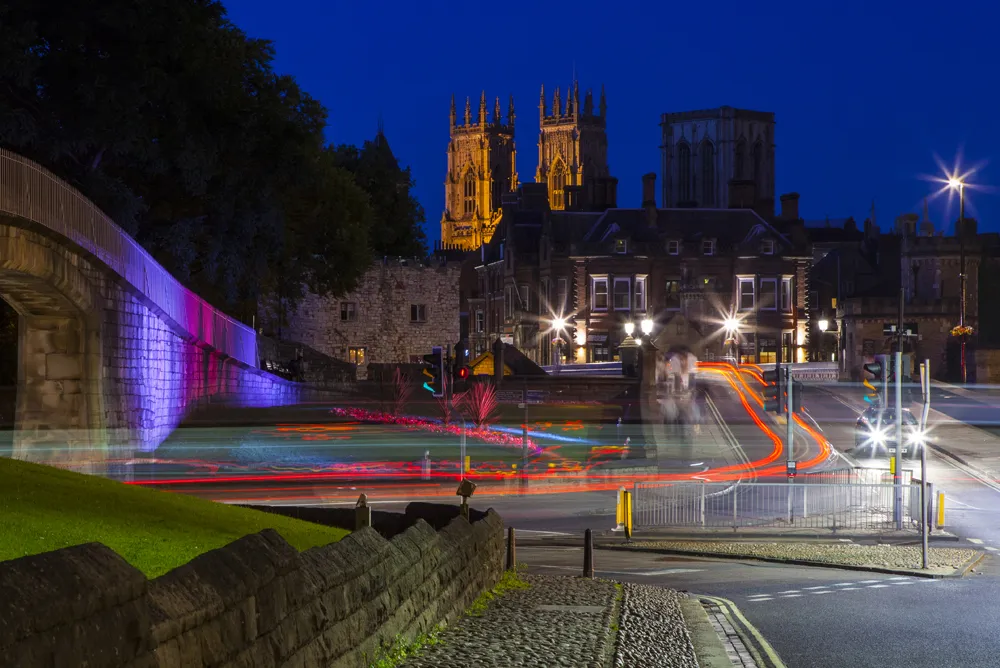Hosted video service provider NW Systems has designed and developed an 18-camera system for Durham County Council in the UK to help them monitor and manage city centre traffic congestion affecting the city’s main arteries during major road works, bridge repairs and traffic signalisation projects.
NW Systems developed an HD quality camera system for the Council’s Traffic Signals and Urban Traffic Management and Control (UTMC) team to provide real-time views over potential congestion hot spots associated w
August 5, 2016
Read time: 2 mins
Hosted video service provider NW Systems has designed and developed an 18-camera system for Durham County Council in the UK to help them monitor and manage city centre traffic congestion affecting the city’s main arteries during major road works, bridge repairs and traffic signalisation projects.
NW Systems developed an HD quality camera system for the Council’s Traffic Signals and3549 Urban Traffic Management and Control (UTMC) team to provide real-time views over potential congestion hot spots associated with major repairs on a city centre bridge which handles approximately 48,000 vehicles each day.
During the period of the bridge repairs, traffic was restricted to one lane each way, potentially causing major congestion. A combination of early warnings to motorists and a proactive public information campaign aimed to keep the traffic moving.
According to NW Systems, the new traffic cameras, combined with early warnings to motorists and a proactive public information campaign using the Council’s website, ensured that traffic volumes in rush-hours fell nearly 25 per cent below normal levels for the time of year.
NW Systems developed an HD quality camera system for the Council’s Traffic Signals and
During the period of the bridge repairs, traffic was restricted to one lane each way, potentially causing major congestion. A combination of early warnings to motorists and a proactive public information campaign aimed to keep the traffic moving.
According to NW Systems, the new traffic cameras, combined with early warnings to motorists and a proactive public information campaign using the Council’s website, ensured that traffic volumes in rush-hours fell nearly 25 per cent below normal levels for the time of year.









